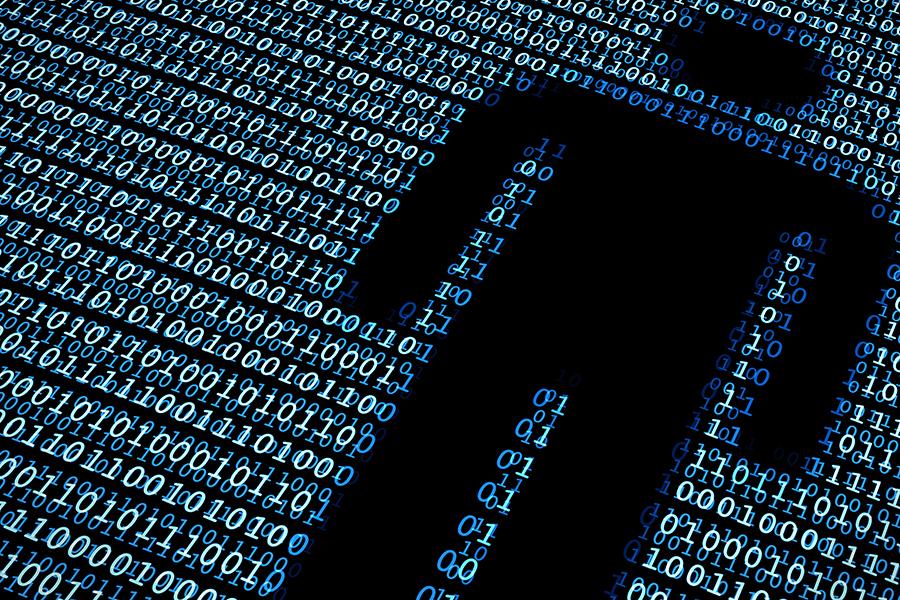Understanding digital identities for better business decisions
Better knowledge of this can help propel companies towards definite goals and outcomes
Life without technology is no longer fathomable, and one that is constantly evolving. At the heart of this change is the concept of digital identity.
The future of technology is exciting too. The vision of integrated devices, smart cities and digital nations is alluring and digital identity can help in making this vision a reality. To understand how a seemingly humble identity can bring across such major outcomes, let us first understand what digital identity actually means.
What is digital identity?
In layman’s terms, digital identity is the mapping of a physical entity to a logical entity using a unique secret that only the physical object knows, does or is defined by. The entity in question can be a person, an organisation or even an electronic device. Throughout cyberspace, entities are now represented and will continue to be so, by their digital identity.
Securing digital identities is key because they possess extremely sensitive data, including personal, professional, financial and authentication information. Additionally, digital identities can be utilised to provide seamless access to systems. While seamless access means a more integrated cyberspace, it also increases the chances of a data breach.
Importance of digital identity
Now that we know what digital identity means, let us understand its importance. Devices and applications are galore in today’s era of technological innovations. Consequently, the average tech-savvy person, like you and me, is forced to manage a multitude of accounts, IDs and passwords. Digital identity is our knight in shining armor, rescuing us from having to remember and manage multiple passwords and saving us from cyber-attacks.
An interesting analogy can help us better grasp the concept. Digital identity is to cyberspace, what Aadhaar is to the Indian government’s welfare schemes. For the government, ascertaining a beneficiary’s correct identity is necessary to prevent thefts and leakages. Similarly, proper management of and authorisation using digital identities is of utmost importance to prevent data breaches and cyber-attacks. Disrupting the harmonious relationship between both ‘digital identity and cyberspace’ as well as ‘Aadhaar and welfare schemes’ can lead to thefts, leakages and breaches. At the same time, protecting this relationship can help achieve targets and goals.
The figure above provides a comprehensive view of key trends in Digital Identity space. Let us look at some of these trends in more detail.
Digital identity footprint
The digital identity footprint will get a shot in the arm in the wake of stringent data privacy regulations such as the European Union’s GDPR and India’s draft Data Protection Bill. These regulations will push organisations to adopt a robust identity and access management practice.
Consumer identity
With an increasing number of businesses going digital, it is important to ensure that a consumer’s digital identity is utilised to provide a personalised user experience without compromising the consumer’s privacy. Digital identity can help manage consumer experience and secure the access in the most eligible way.
Internet of Things (IoT)
IoT has caught everyone’s attention and with good reason. Connected cars, smart homes and cities are an exciting prospect. However, to enable the interconnection of such a vast range of appliances and devices, their identity first needs to be ascertained. This identity is none other than their digital identity. A digital identity can help spur the growth in adoption of the connected devices by providing an authentication framework, which can enable secure communication and access to resources by these devices.
Privileged Access Management (PAM)
PAM involves the management of 'privileged' identities, i.e. users who have administrative / root and other such elevated privileges. It is getting far more important for the enterprise to manage and monitor access of their privileged users to respective IT system such as servers, databases, routers, firewall and so on, especially when such access is held by third parties, vendors or contractors in a majority of the cases.
Analytics
With an increasing number of digital identities, identity analytics becomes more important. Identity analytics involves a dynamic risk-based approach to continuously monitor and analyse identities. This will enable understanding of access patterns, anomalies and user behaviour (who is accessing what), and further strengthen the overall cyber security.
Identity as a Service (IDaaS)
Identity as a Service has emerged as a 'no-frills' alternative to managing an enterprise’s identities. An increasing number of organisations are looking for digital identity solutions delivered straight from the cloud. This can help enable organisations to quickly adopt Identity and Privilege access management services.
To conclude, Digital identity lies at the core of advanced technologies such as Analytics, AI, IoT, and so on, and these advancements are transforming the society at an incredible pace, resulting in better economic growth and overall development of mankind. Therefore, digital identity can be termed as the enabler of technologies that propel us towards definite goals and outcomes.
The author is Partner at Deloitte India.
The thoughts and opinions shared here are of the author.
Check out our end of season subscription discounts with a Moneycontrol pro subscription absolutely free. Use code EOSO2021. Click here for details.

